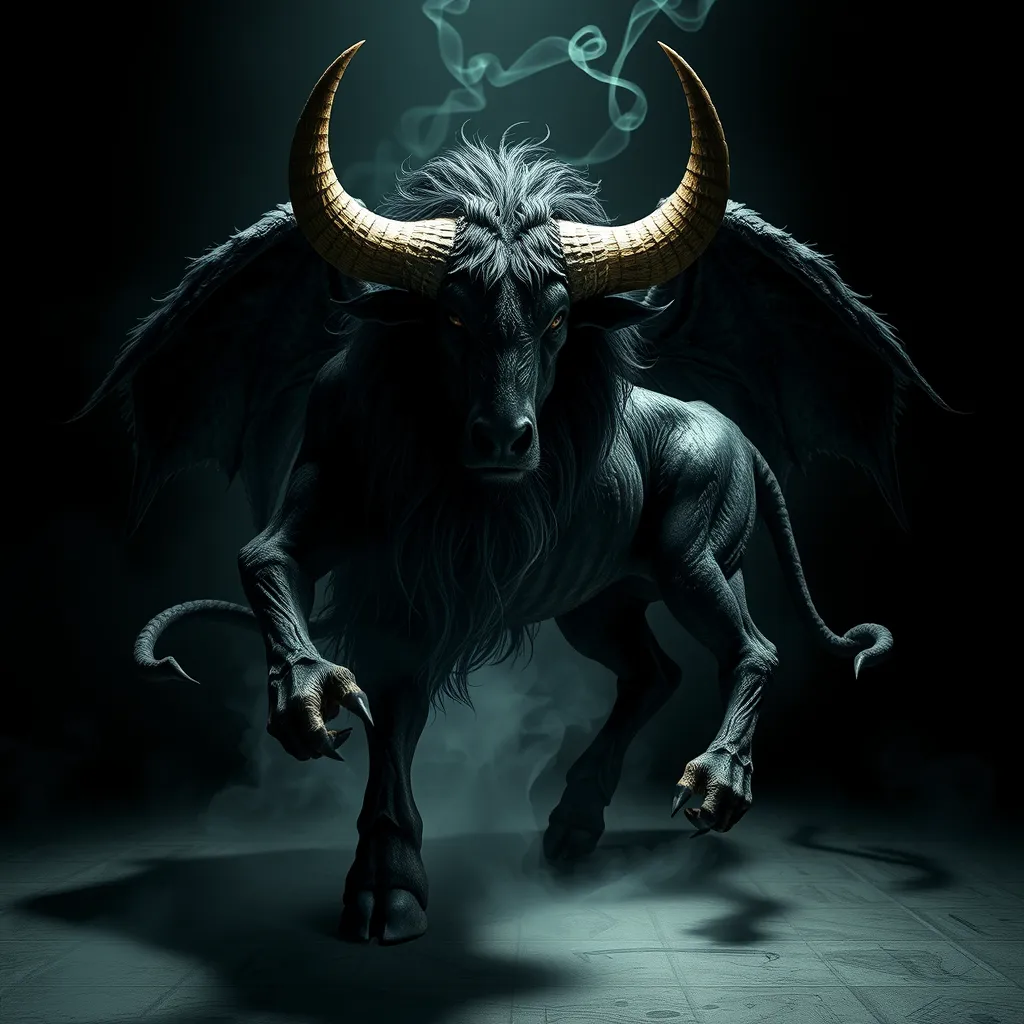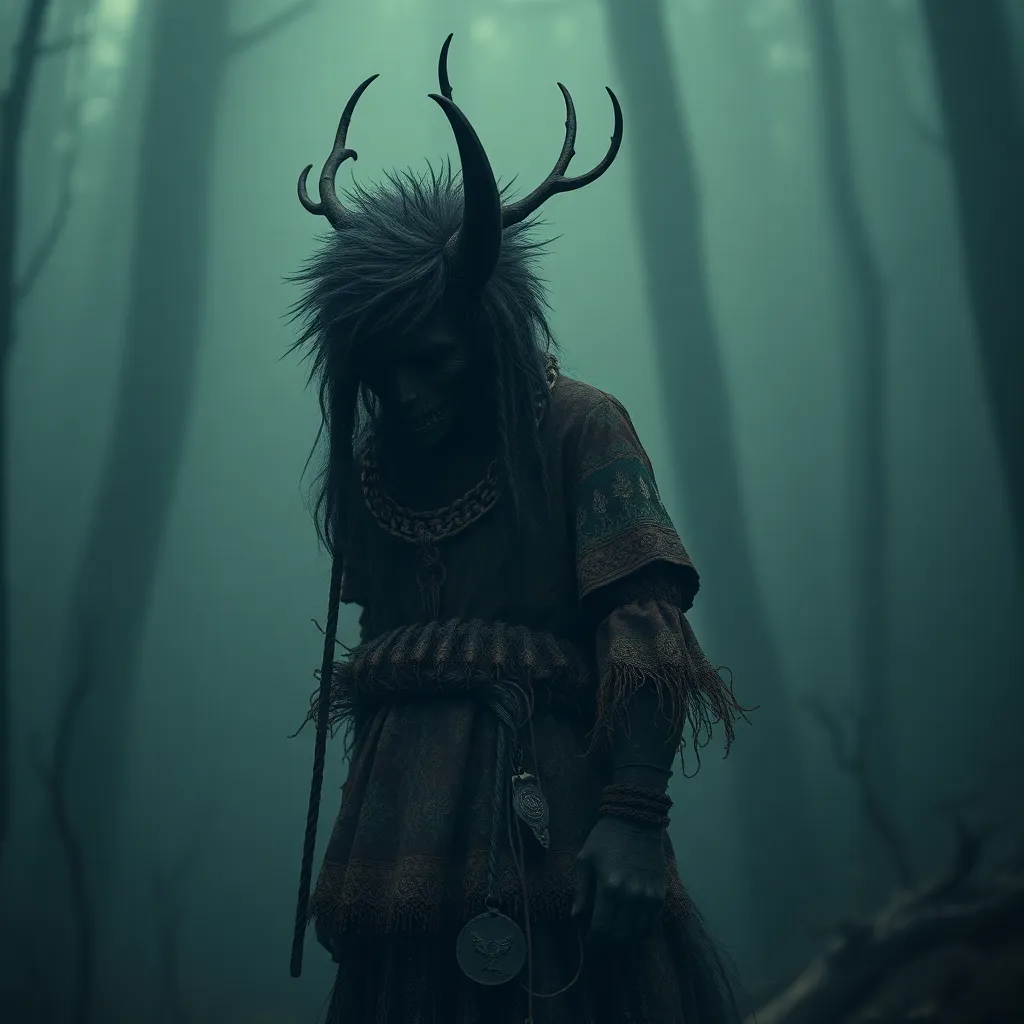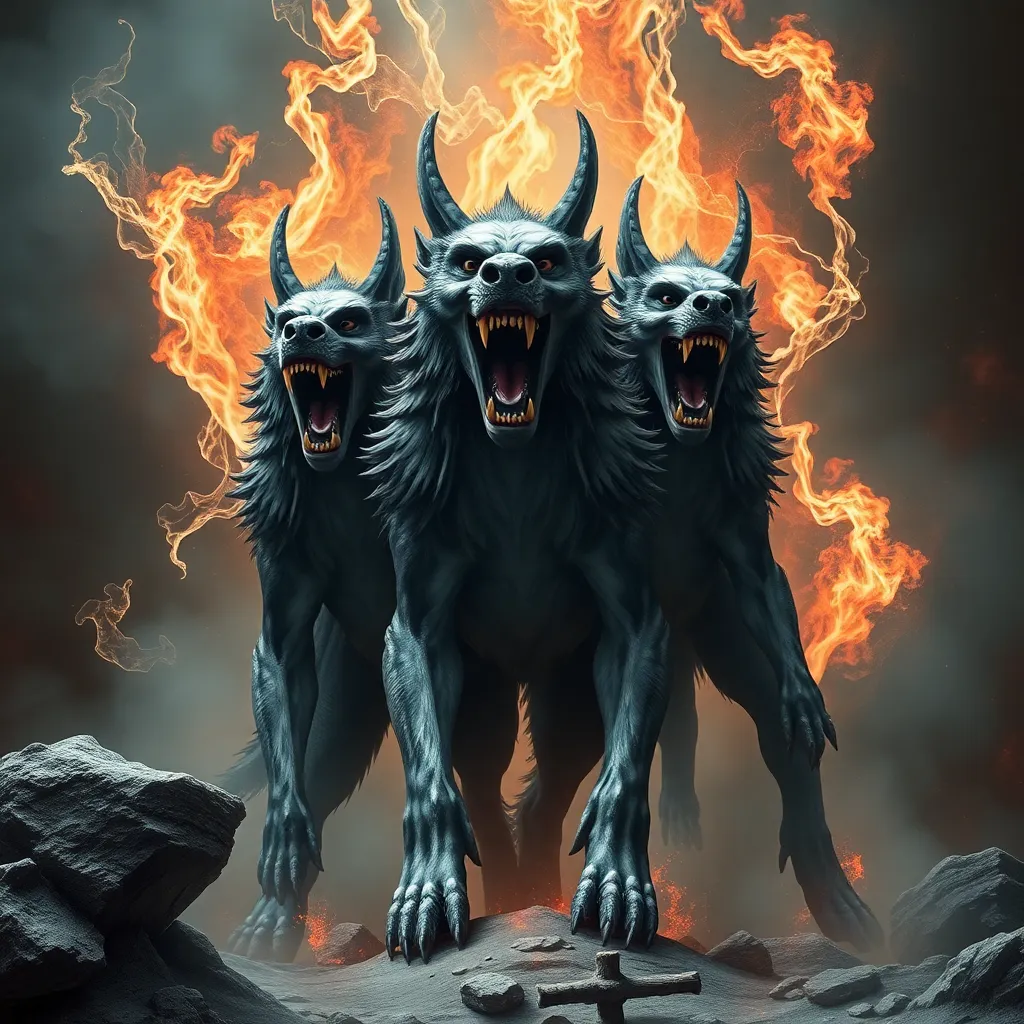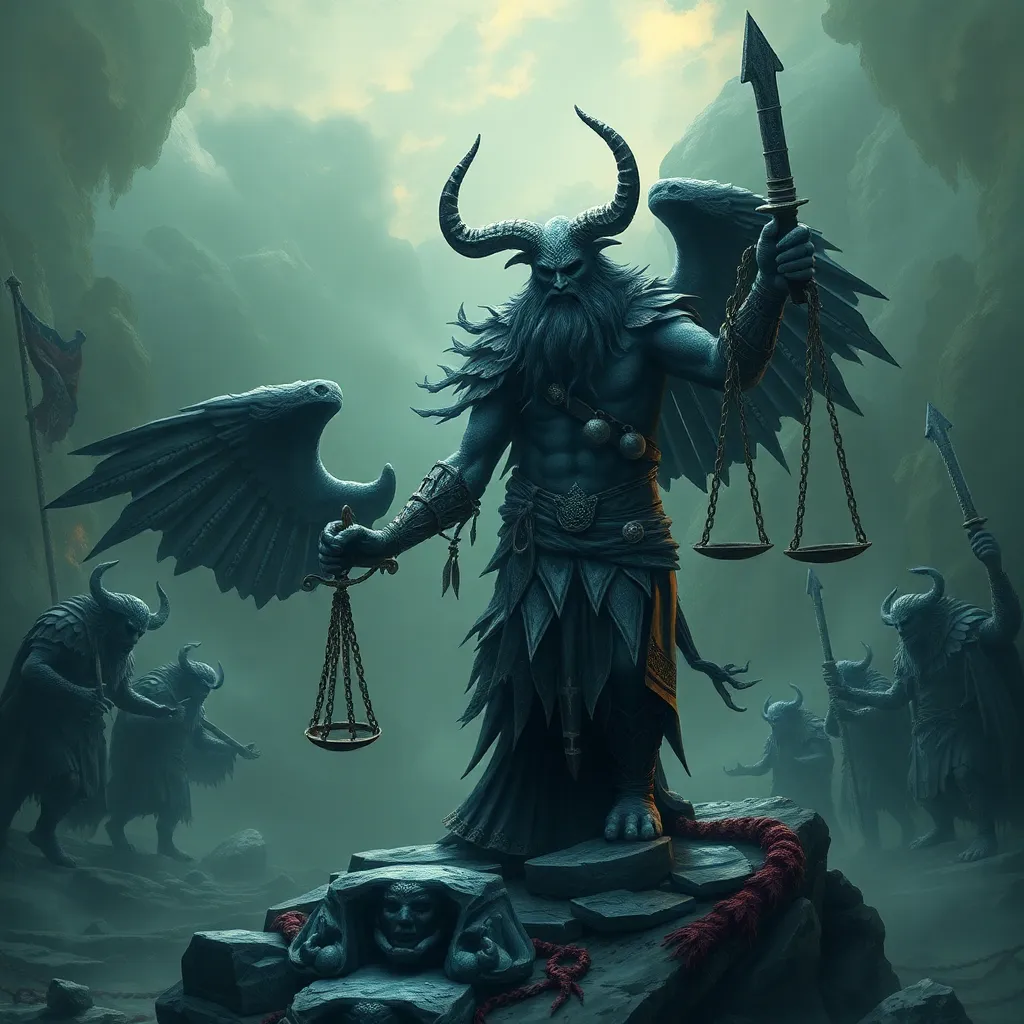The Minotaur’s Influence on Music: Exploring the Monster’s Presence in Classical and Contemporary Music
I. Introduction
The Minotaur, an iconic creature from Greek mythology, has captivated the human imagination for centuries. Born from a union between Pasiphaë and a majestic bull, this half-man, half-bull figure dwells in the labyrinth of Crete, representing a complex blend of power, fear, and isolation. The myth of the Minotaur is not just a tale of horror but a rich narrative that explores themes of duality, the human condition, and the consequences of unchecked desires. Its cultural significance has permeated various forms of art, particularly music.
This article aims to delve into the Minotaur’s influence on musical compositions, tracing its presence from classical masterpieces to contemporary genres, and examining how this mythical figure continues to resonate within the musical landscape.
II. The Myth of the Minotaur
The legend of the Minotaur unfolds as follows: King Minos of Crete, seeking to assert his power, commands the craftsman Daedalus to build an elaborate labyrinth to imprison the creature. Every nine years, seven young men and seven maidens from Athens are sent into this maze as tribute, where they face the terrifying Minotaur. The hero Theseus ultimately confronts the creature, guided by the love of Ariadne, who provides him with a thread to navigate the labyrinth.
The Minotaur has become a potent symbol in literature and art, embodying:
- Isolation: The creature’s confinement within the labyrinth reflects the alienation felt by those who grapple with their inner demons.
- Duality: The juxtaposition of human and beast raises questions about nature and nurture, civilization and savagery.
- Tragedy: The tragic fate of the Minotaur evokes sympathy, highlighting the consequences of human actions and desires.
III. The Minotaur in Classical Music
Classical music has long drawn inspiration from mythology, and the Minotaur is no exception. Several notable compositions have interpreted this legend in unique ways, contributing to its cultural legacy.
A. Notable compositions inspired by the Minotaur
1. “Daphnis et Chloé” by Maurice Ravel: This ballet, although not exclusively about the Minotaur, incorporates elements of Greek mythology and explores themes of love and desire, paralleling the tragic elements of the Minotaur myth.
2. “The Minotaur” opera by Harrison Birtwistle: This contemporary opera presents a more direct interpretation of the myth, focusing on the isolation of the Minotaur and the tragic consequences of human hubris.
B. Analysis of how these works interpret the Minotaur myth
In “Daphnis et Chloé,” Ravel’s lush orchestration evokes the beauty and terror of the mythical world, capturing the duality of the Minotaur’s existence. In contrast, Birtwistle’s opera delves into the psyche of the Minotaur, exploring themes of loneliness and the desire for connection, ultimately revealing the tragic nature of the beast.
IV. The Minotaur in Contemporary Music
The Minotaur’s influence extends into contemporary music, where the creature’s themes are reimagined across various genres.
A. Exploration of modern genres incorporating the Minotaur theme
1. Rock and metal interpretations: Bands such as Symphony of Destruction and Minotaur have drawn from the myth, often using the Minotaur as a metaphor for inner struggles and societal issues.
2. Electronic and experimental music influences: Artists like Aphex Twin and Oneohtrix Point Never have utilized the labyrinthine structures of the Minotaur myth to explore complex soundscapes that evoke feelings of disorientation and introspection.
B. Artists and albums that reference the Minotaur
Several contemporary artists have released albums featuring the Minotaur in their narrative:
- The Minotaur by Gareth Davis – An experimental album that explores the creature’s emotional depth.
- Labyrinth by Hozier – This album includes songs that metaphorically reference the Minotaur’s journey through personal struggles.
V. Thematic Interpretations in Music
The Minotaur serves as a rich symbol in music, representing various themes that composers and songwriters have explored.
A. The Minotaur as a symbol of isolation and duality
Many compositions evoke the Minotaur’s isolation within the labyrinth, paralleling the feelings of loneliness and alienation experienced by individuals in contemporary society. The duality of the Minotaur’s nature—part human, part beast—mirrors the struggles between our desires and societal expectations.
B. Emotional resonance: fear, power, and tragedy reflected in musical compositions
Musicians often channel the Minotaur’s tragic fate to convey deep emotional experiences, exploring themes of fear and power dynamics in human relationships. This emotional resonance gives rise to compelling narratives within songs and compositions, drawing listeners into the depths of the Minotaur’s story.
VI. The Minotaur in Film Scores
The Minotaur myth has also made its mark on film, inspiring various adaptations that incorporate its themes into powerful scores.
A. Examination of film adaptations of the Minotaur myth
Films like The Fall and Immortals feature the Minotaur, using the creature as a pivotal plot point that explores the darker aspects of humanity.
B. Notable film scores that draw on the Minotaur’s themes
Composers such as Clint Mansell and Thomas Newman have created scores that evoke the labyrinthine journey of the Minotaur, enhancing the emotional weight of the narratives and deepening the audience’s connection to the myth.
VII. The Minotaur’s Cultural Legacy in Music
The Minotaur has left an indelible mark on music, influencing composers and songwriters throughout history.
A. Influence on composers and songwriters across different eras
From the classical era to modern times, the Minotaur’s tale has inspired countless works, serving as a metaphor for the struggles of the human experience.
B. The Minotaur as a metaphor in lyrical narratives
In contemporary songwriting, artists often utilize the Minotaur as a metaphor for confronting inner demons and societal challenges, allowing listeners to engage with the myth on a personal level.
VIII. Conclusion
In conclusion, the Minotaur’s impact on various musical genres is profound and far-reaching. From classical masterpieces to contemporary rock and electronic music, the themes of isolation, duality, and tragedy continue to resonate with artists and audiences alike. As we reflect on the enduring relevance of myth in contemporary music, the Minotaur stands as a testament to the power of storytelling through sound, inviting us to explore the labyrinth of our own emotions and experiences.



